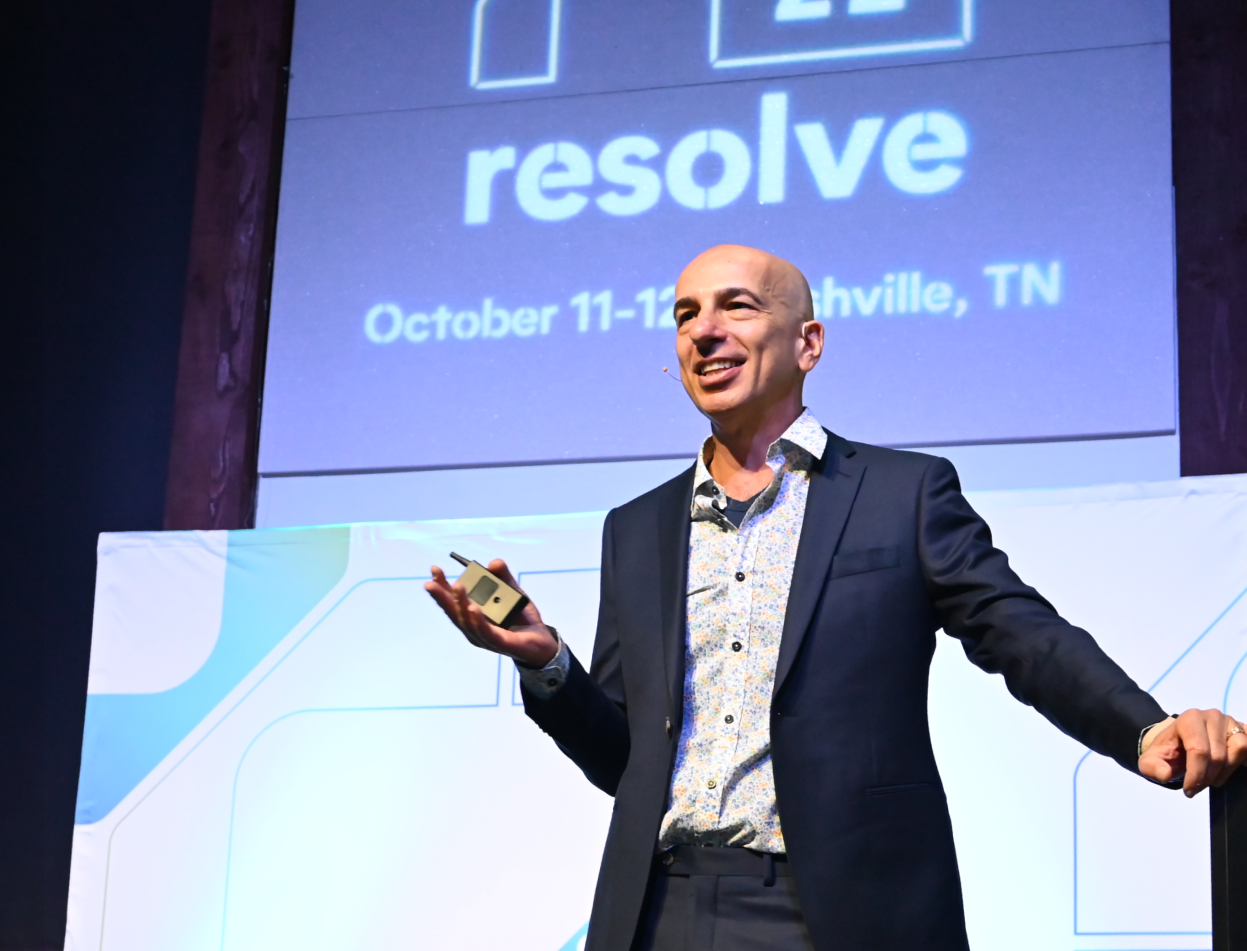Replicant’s Innovator Spotlight Series
This series is dedicated to customer service innovators and leaders that have managed to turn their obstacles into opportunities, reinventing what it means to be a great leader and delivering exceptional customer service experiences despite today’s climate. From managing their teams through crisis, to pivoting tactics in record speed, to innovating with emerging technologies, these are the leaders transforming contacts centers in 2022.

Can you share more about your background and how you got into the customer service industry?
I have been working since I was 14 years old. I’ve been a cashier, an assistant librarian, a uniform salesperson, a hotel laundry attendant and a bunch of other things. I learned something from every job. My current career began back in 2000 as a Temp Reservationist in the NJ TRANSIT Access Link call center. But what began as a job while I finished college turned into a passion to serve the public.
At this point in my career, I’ve come to understand the concept that everyone who needs something from you at work is your customer. This might be your staff, your coworkers, your supervisor, etc. The real goal is to consistently work on strengthening relationships with your customers.
I came to customer service by way of public transportation, specifically the paratransit route. In paratransit, we must know our customers and get familiar with their disabilities, their abilities, and preferences. I think this applies to all industries and jobs.
How has the contact center changed since you first entered it?
There is way more technology in the contact center now. Back in the day, it was a “call center” because that was the only way the agents and customers interacted, a phone call. Now, there are numerous ways of communicating with the customer. Another interesting thing that has changed is the extremely high expectation to be readily available and accessible.
Before, the operating hours were usually standard business hours. If you missed the call center during those hours, you had to wait until it opened the next day. Today, are contact centers ever really closed? I am happy that the fundamentals remain intact, like expressing empathy, manners, emotional intelligence, and proactive problem solving.
What are the biggest challenges facing contact center leaders today?
There are numerous challenges facing today’s contact center leaders, and they are rapidly developing. I would say that we’re trying to leverage technology and automation to steadily meet customers’ growing expectations while addressing staffing issues such as attracting and retaining qualified employees.
For me, the biggest challenge has been updating and expanding technology while maintaining employee confidence that they will not be replaced. Every tech advancement causes employees to question their value, relevance, future and place.
What trends are you seeing that you think will have a big impact on contact centers in the future?
The most obvious trends are without a doubt the fast race to implement AI into standard processes, the uncertain labor market and economy, and the continued demand for new work structures (remote, hybrid work, or compressed work weeks). I think that, with any new technology, there is an opportunity to not rush to replace people.
Time and time again, customers have shown us they enjoy, and even prefer, human interaction. Using technology to improve and enhance those sought-after interactions is what succeeds and lasts.
What are some of the ways you are driving change and innovation within your business?
I actively seek out industry best practices. I also research different industries, focusing on successful partnerships between the public and private sectors. I have noticed that there is often a lag between private sector advancements and public sector implementation.
The next thing I do to support change and innovation is fully embrace the pilot. Pilots are a way to prove a product or process works logistically, financially, and responsibly before committing. It also produces informed decisions on policy. Lastly, I try to demonstrate the spirit of change and innovation.
What advice would you give to someone just starting out in contact center operations?
The first thing is to bulk up on business acumen! Learn the fundamentals of contact center operations. I call it the “acronym stew” (in other words, the jargon unique to the industry). Even though this is a highly standardized industry, no two centers are exactly alike. I would say all your skills and previous experiences are valuable.
When you’re first starting, do a needs assessment with an open mind and a ton of active listening. It works 100% of the time. The current staff and customers can usually tell you where the pain points are; you just have to listen. Lastly, take advantage of having the freshest eyes as the new person. Many times, the newer team members can identify inefficiencies or opportunities to change a process.
It only works if they are brave enough to ask the question “but why are we doing it that way?” Speak up and ask all the questions, especially while you are new.
Looking ahead, what are you most excited about in the customer service industry?
For a while, it seemed that cost savings due to constrained resources had to be prioritized, which impacted both customers and employees. The renewed goal of customer satisfaction is exciting because that allows us to actually focus on the customer again. That should encourage leaders to ensure employees are satisfied and have the tools to succeed. What’s old is new again, in a sense. I hope that this focus on the customer and the people responsible for satisfying them remains steady.
I am also very excited about the boom in adaptive and accessible technology that is customized to the end user’s unique needs. The options are amazing. People with disabilities and seniors have waited long enough to be included in these developments. I am even more hopeful that universal design will become a standard in the innovation movement.




